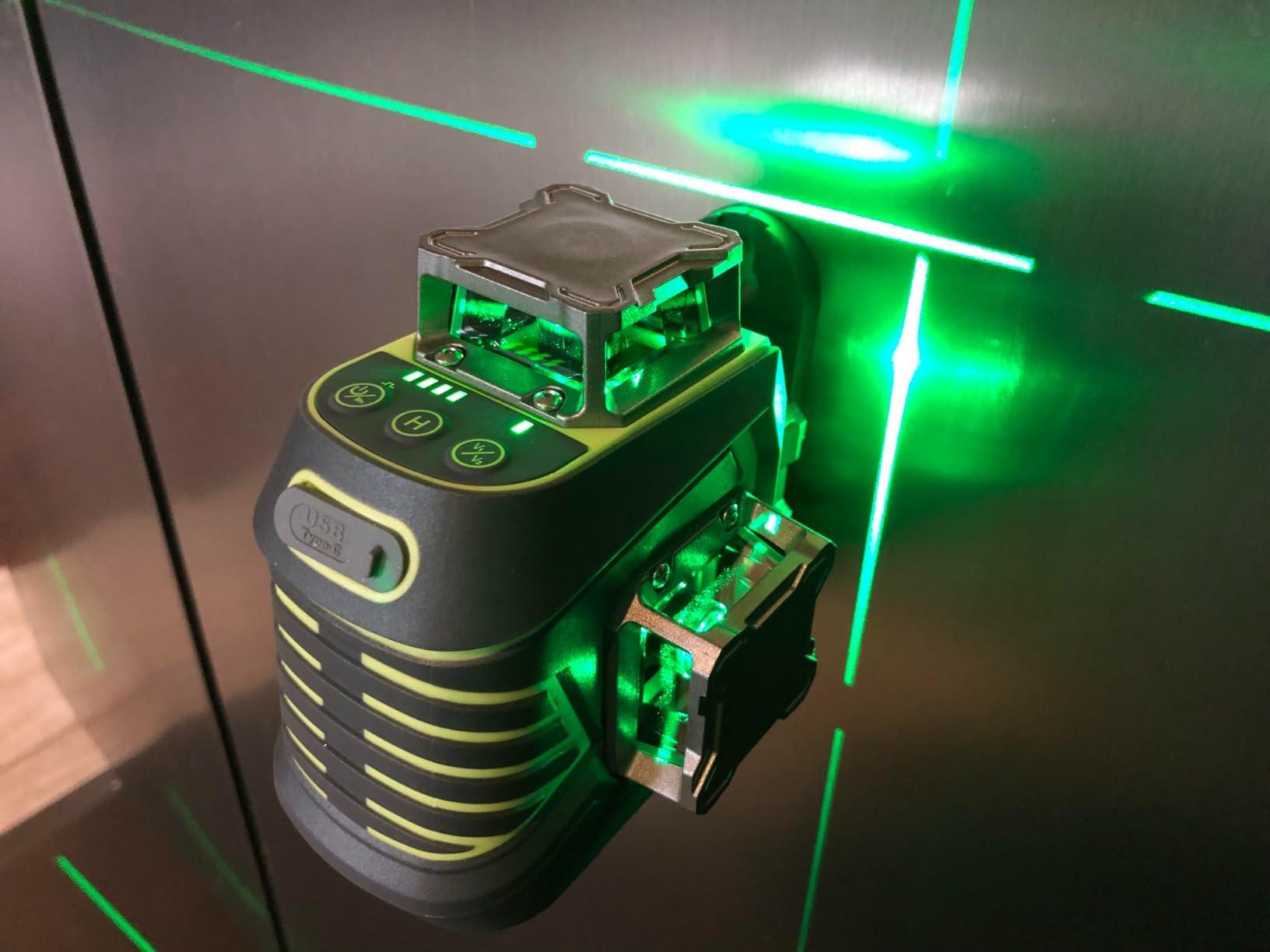What is a laser engraver and what are its uses in different industries

A laser engraver is a machine that uses a focused laser beam to permanently mark, etch, or engrave patterns, text, or designs onto various materials. Unlike traditional engraving methods that rely on physical tools to cut into a surface, a laser engraver works without direct contact, using concentrated light energy to vaporize or burn the top layer of a material. This makes the process highly precise, clean, and efficient, which is why laser engravers are now widely used in industries like manufacturing, jewelry, electronics, and even arts and crafts.
The working principle of a laser engraver involves directing a controlled laser beam onto the surface of the material. The laser’s energy heats and removes the top layer, creating permanent marks. By adjusting the power, speed, and focus of the laser, operators can create detailed designs, logos, barcodes, or text with incredible accuracy. The process is controlled by computer software (CNC or CAD files), allowing for highly customizable and repeatable results.
One of the greatest advantages of laser engraving is its precision and detail. Since the laser beam can be focused to an extremely small point, it can produce intricate patterns and tiny markings that would be impossible with manual tools. For example, in electronics manufacturing, laser engravers are used to mark circuit boards, microchips, and QR codes that require extreme accuracy.
Laser engravers are also versatile because they work on a wide variety of materials. They can engrave metals (steel, aluminum, gold, silver), plastics, glass, wood, leather, ceramics, and composites. For instance, jewelers use them to engrave names or patterns on rings and pendants, while manufacturers use them to add serial numbers and branding to products. Even small businesses and hobbyists use desktop laser engravers for creating personalized gifts, custom signage, and artwork.
Another benefit is the non-contact process. Traditional engraving involves sharp tools that wear out over time and can damage delicate materials. In contrast, a laser engraver never touches the surface directly, which reduces wear and tear while ensuring smooth and consistent results. This also minimizes maintenance and extends the life of the machine.
Laser engraving is also fast and efficient. Automated systems can engrave hundreds of parts in a short time, making them ideal for mass production. The software-driven operation ensures consistent quality across all pieces, reducing errors and waste.
In terms of environmental and safety aspects, laser engraving produces less waste compared to mechanical engraving or chemical etching. Since no inks, acids, or consumables are required, it is considered a cleaner and more sustainable method. However, depending on the material being engraved, fumes or particles may be released, so proper ventilation or fume extraction systems are necessary.
The applications of laser engravers extend across many industries. In the automotive industry, they are used for marking engine parts and tools. In packaging, they engrave batch numbers, expiration dates, and barcodes. In healthcare, they are used for marking surgical tools with unique identification codes. In creative fields, artists and small businesses use them for personalized products like wooden plaques, glassware, and leather accessories.
In conclusion, a laser engraver is a powerful tool that combines precision, versatility, and efficiency. Its ability to create detailed and permanent markings on a wide range of materials makes it invaluable for both industrial applications and creative projects. As technology continues to improve, laser engraving is becoming more affordable and accessible, allowing more industries and individuals to benefit from its advantages.
- Art
- Causes
- Crafts
- Dance
- Drinks
- Film
- Fitness
- Food
- Spiele
- Gardening
- Health
- Startseite
- Literature
- Music
- Networking
- Andere
- Party
- Religion
- Shopping
- Sports
- Theater
- Wellness



